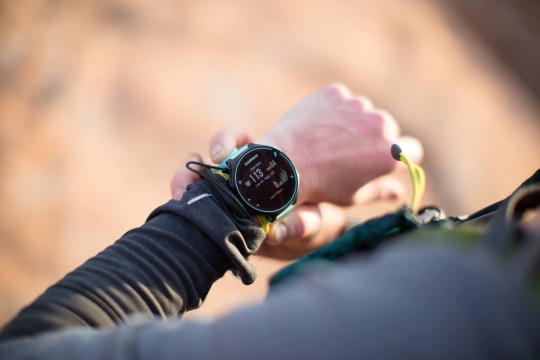Don’t Go Breaking My Heart….
Each and every runner hits that wall, that moment when you struggle to move any faster. Despite all the hard sessions you put in, you just can’t seem to progress to the next level. Let’s say for instance you’ve been losing weight, you’re getting stronger and your 6:30km split has turned into a 5:30km split. But then as you venture out on your weekend run, a runner passes you at a speed you can’t fathom, and he doesn’t even look like he’s trying. You pick up your pace, and dig deep, but no matter how hard you push, the speed just isn’t plausible, at least not for long. You head home confused and a little defeated.
What was that guy doing differently that helped him run at such lightning fast pace? And more importantly, how can you get to that level?
The training theory required is known as athlete development. By understanding your body’s aerobic and anaerobic thresholds, your heart rate training zones, and how making use of these information to improve your running performance. All important factors that impact the ability to develop a strong and consistent running paces, capable of taking you to that next level and keeping you there long term. So let’s break this down.
Heart rate zones are critical to understanding your body, and how it will react at different paces. There are 5 zones, 1-5 and they typically start at around 120bpm and max out at 185-190bpm. What’s important to know is your breakdown of zones, and at what point you cross over the lactate threshold that quickly sends you into a crash.
“There are 5 zones, 1-5 and they start at around 120bpm and max out at 185-190bpm”
As an example, my 4:30km pace might see my heart rate sit at around 140bpm, which has me comfortably running in zone 2, which is great for building endurance and burning fat. Your 4:30km pace however, may tell a very different story. Let’s say for the sake of my example, at that speed your heart rate has now climbed to 165bpm (beats per minute), and pushes you into Zone 4, borderline Zone 5. This means you’re quickly exceeding your lactate threshold and are only minutes from hitting the wall, thus ending your run abruptly and with little benefit.
Have you ever felt this? Mid race when you try push a pace you know isn’t comfortable, and despite that little voice in your head telling you to slow down, you just can’t?
This is known as hitting the wall, and it sucks. This is the point when your lactic acid build up has reached a point where it can no longer be cleared quick enough, and your muscles begin to work inefficiently. Soon enough, your legs start to feel heavy and fatigue shows it’s nasty face.
So what can you do learn about your heart rate zones?
Going to a sports science lab and getting tested gives you the platform to gain accurate understanding of not only your heart rate zones, but also your lactate threshold, which are critical to long-term development, and to assist in becoming a race ready athlete. The biggest eye opening moment will come when you realize you’ve been training much harder than required, and likely to the detriment of your development. It’s an easy mistake to make, to think running hard and fast will develop you into a stronger and faster runner, but the reality is quite the opposite.
So what’s next?
Get yourself checked out to gain an understanding of what’s possible. See what’s waiting for you should you decide to take that next step, go after a sub three hour marathon, or chase down that sub 4:00min split. The potential within you is limitless, it’s just up to you, and how much you want it.
This guest post was written by SydneyTrailRunner.
Dwayne Dixon – @SydneyTrailRunner
Ultra Marathon and Marathon
Morph Performance – Social Ambassador
Sydney, Australia









